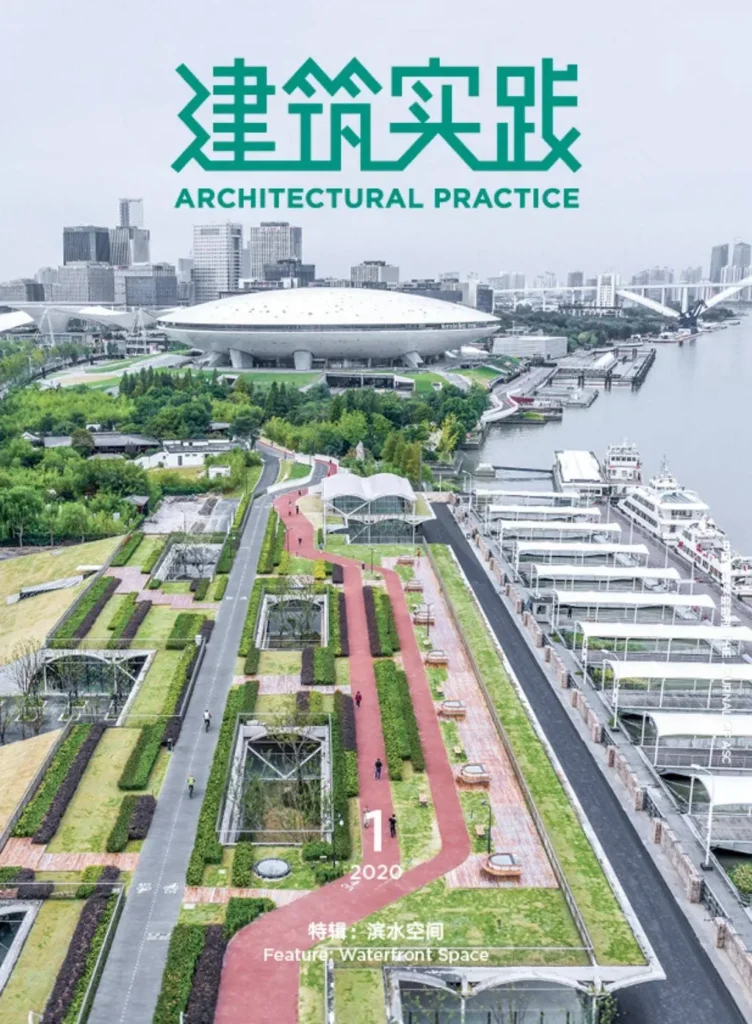In the bustling marine cities around the world, waterfront spaces are more than just scenic backdrops; they are vital arteries that pulse with the health and vitality of urban life. Yet, these spaces often fall short of their potential, plagued by poor design, pollution, and inaccessibility. A groundbreaking study led by Longlong Zhang from Tiangong University aims to change that, offering a blueprint for transforming waterfront landscapes into thriving hubs of public health and urban well-being.
Published in the *Journal of Asian Architecture and Building Engineering* (translated as *Journal of Asian Architecture and Building Engineering*), Zhang’s research introduces a multi-dimensional assessment framework that leverages the Analytic Hierarchy Process (AHP) combined with Fuzzy comprehensive evaluation methods. This sophisticated tool is designed to evaluate and enhance waterfront landscape design, ensuring that these spaces are not just aesthetically pleasing but also conducive to public health.
The study constructs a three-level index system comprising six primary criteria and 30 secondary indicators. Through expert consultations and pairwise comparisons, the researchers calculated the weights of each indicator, ensuring the framework’s rationality with consistency ratios (CR < 0.1). Field surveys conducted in Busan’s Haeundae area revealed that "environment and public health" (weight: 0.3941) and "spatial accessibility" (0.2498) are the most critical factors in designing effective waterfront spaces. "The framework improved public health outcomes by 23.7% compared to baseline scenarios," Zhang explains. This significant improvement underscores the potential of evidence-based methodologies in translating design objectives into health-promoting interventions. The proposed strategies include optimizing connectivity, enhancing ecosystem services, and integrating cultural elements, all of which contribute to creating more sustainable and human-centric waterfront developments. For the energy sector, the implications are profound. As urban areas continue to expand and marine cities grow in prominence, the demand for sustainable and health-conscious design will only increase. Waterfront spaces, often located near energy infrastructure, can serve as model environments for integrating renewable energy solutions and promoting energy efficiency. By prioritizing public health and accessibility, these spaces can become showcases for innovative energy practices, attracting investment and fostering economic growth. Zhang's research highlights the importance of a holistic approach to urban development, one that balances aesthetic appeal with functional benefits. "Our study emphasizes the need for human-centric and sustainable waterfront development," Zhang notes. This approach not only enhances the quality of life for residents but also creates opportunities for commercial and industrial sectors to innovate and thrive. As cities around the world grapple with the challenges of urbanization and environmental degradation, Zhang's framework offers a beacon of hope. By adopting evidence-based design strategies, urban planners and developers can create waterfront spaces that are not only beautiful but also beneficial to public health and the environment. The energy sector, in particular, stands to gain from this shift, as sustainable design practices align with the growing demand for clean energy solutions. In the end, Zhang's research serves as a reminder that the future of urban development lies in our ability to harmonize human needs with environmental sustainability. By embracing innovative methodologies and prioritizing public health, we can transform our waterfront spaces into vibrant, thriving hubs that benefit everyone.

